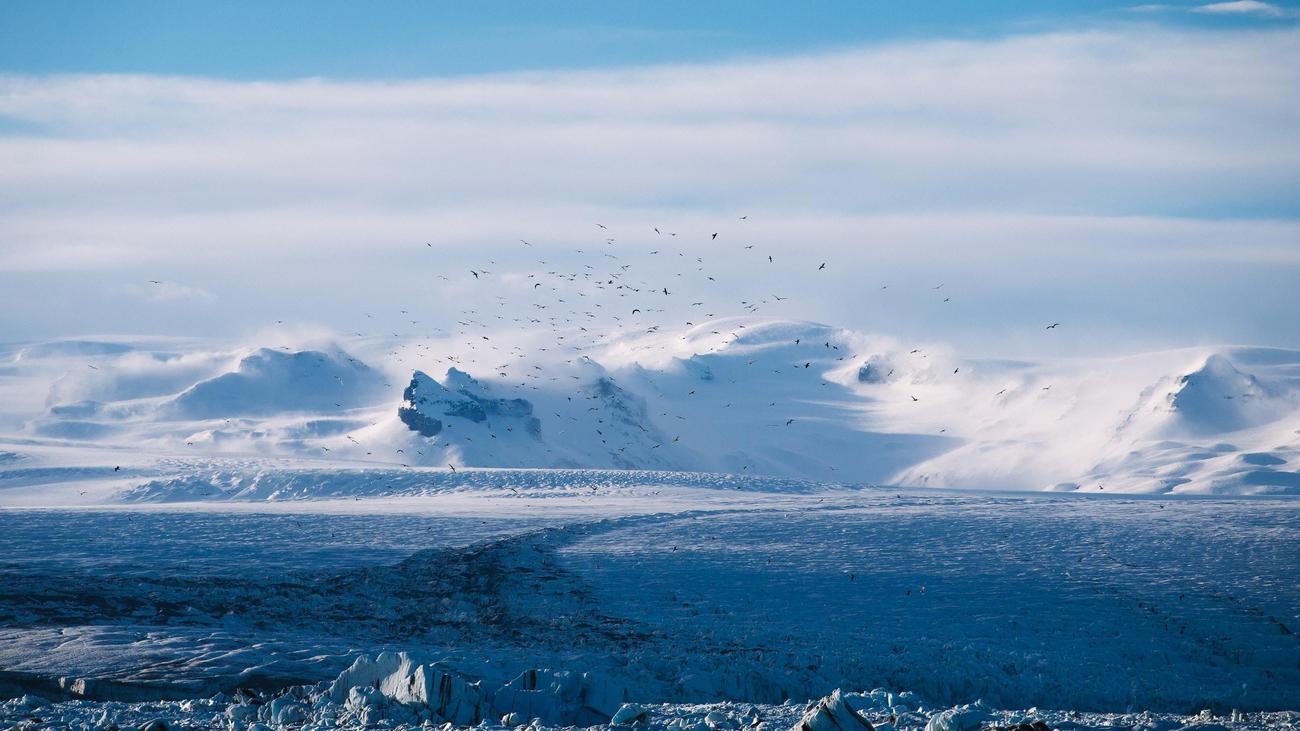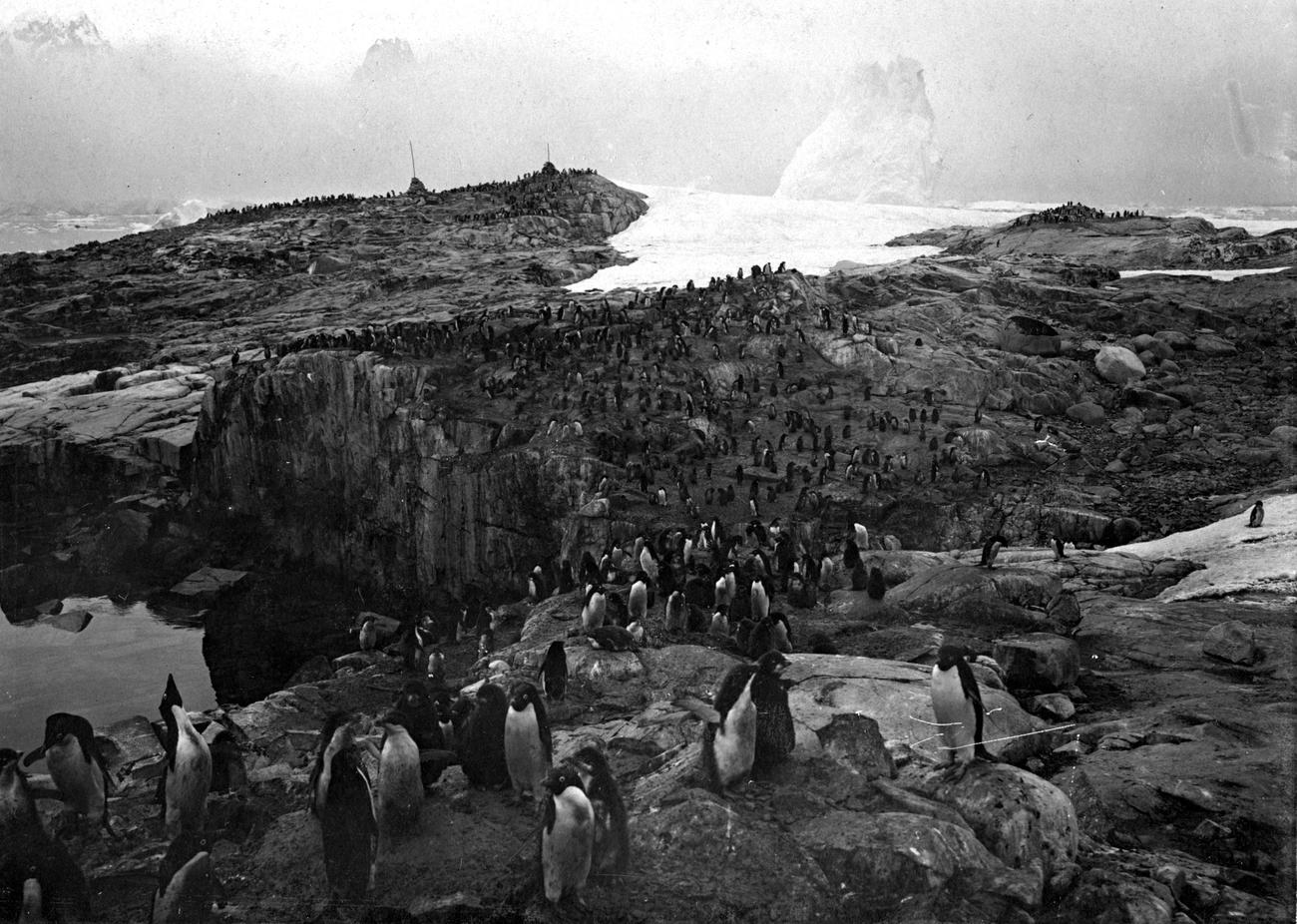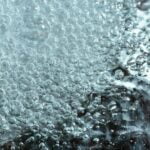Fascinating Facts: Exploring Dry Ice Bubbles

Dry ice bubbles have enthralled individuals of all ages due to their delicate composition and mesmerizing appearance. The enchantment of these spheres, which are created through the sublimation of dry ice, transcends mere admiration. An exploration of dry ice bubbles reveals an array of astounding scientific phenomena and intriguing facts that will astound you. Join us as we explore the enthralling secrets that lie beneath dry ice bubbles, from their singular properties to the mesmerizing process of their formation.
What are some dry ice bubble-related facts?
In the realm of extraordinary and enthralling scientific phenomena, dry ice bubbles undoubtedly occupy the forefront. Not only do these enthralling formations resemble hazy crystal spheres, but they also conceal some intriguing mysteries. Therefore, let us delve into the realm of dry ice and examine some remarkable facts pertaining to these captivating droplets.
Define dry ice.
Prior to comprehending dry ice bubbles, it is necessary to define dry ice. Dry ice is carbon dioxide in solid form; it is the same gas that we exhale daily. In contrast to conventional water-based ice, dry ice remains immobile at elevated temperatures. In contrast, it endures a sublimation process, which involves a direct transformation from a solid state to a gaseous one.
The extremely low temperatures
Although dry ice is frigid, it elevates the degree of coldness to an entirely new level. With temperatures reaching an astounding -78.5 °C or -109.2 °F, it can significantly challenge the iciest winter days. The extreme cold necessitates extreme caution when dealing with dried ice in order to prevent frostbite.
The density dilemma
The concept that objects float on water is conventional knowledge; however, dry ice challenges this nbeingDry ice, despite its solid state, possesses a higher density than water, which results in its sinking rather than floating. This extraordinary characteristic is crucial in the enchanted realm of dry ice bubbles.
The gaseous phenomenon
The interaction between dried ice and water produces a mesmerizing effect. It begins to vigorously bubble, producing an entrancing display. Carbon dioxide gas is swiftly released from the dry ice as a result of the temperature contrast, which generates this bubbling. As a result of the gas-forming bubbles that explode upon reaching the surface, a breathtaking visual effect is produced.
The effect of fog
An distinguishing characteristic of dry ice bubbles is the enthralling vapor that they generate. Dry ice that is sublimating generates a dense carbon dioxide gas cloud that mixes with the ambient air. This gaseous mixture generates a mesmerizing vapor that envelops the bubble, bestowing upon it an extraterrestrial aesthetic.
Fuzzy, self-filling bubbles
Let us now discuss the fantastical quality of dry ice spheres. Using dry ice, it is possible to generate self-filling fog spheres. By enclosing and encapsulating a piece of dry ice within a solution that creates bubbles, the dry ice that is sublimating consistently infuses the bubble with fog. These bubbles, which are filled with fog, have an almost ethereal appearance, as if they contain a portion of the mystical domain.
Initial discoveries and patents
Dry ice is not a novel concept in and of itself. It waobservedocumented by the French inventor Adrien-Jean-Pierre Thilorier in 1835. Thomas B. Slate did not submit an application for a United States patent concerning the production of solid carbon dioxide until 1924. Dry ice has thus captivated the imagination for an extended period of time.
While dry ice bubbles are undeniably captivating in appearance, it is critical to bear in mind that improper handling can result in potential peril. Risks including hypothermia and asphyxiation are associated with the rapid emission of carbon dioxide gas and the extremely low temperatures of dry ice. It is therefore imperative to exercise caution when dealing with dry ice and its vapors.
In summary, the realm of dry ice bubbles is replete with intriguing information. Scientific investigation is characterized by its awe-inspiring beauty, mesmerizing vapor, and self-filling bubbles, as evidenced by the sublimation of dry ice and its frigid temperatures. By adhering to proper dry ice handling procedures, one can appreciate the mesmerizing qualities of these bubbles while delving into their enigmatic qualities.
Dry ice is a fascinating substance with endless possibilities. If you’re curious about fun facts about dry ice, look no further! We have gathered a collection of intriguing information about this mysterious frozen carbon dioxide. Did you know that dry ice doesn’t actually melt? Instead, it undergoes a process called sublimation, where it transforms directly from a solid to a gas. Discover more mind-blowing facts by clicking here and prepare to be amazed!

FAQ
To begin, what exactly is dry ice?
Answer 1: Carbon dioxide exists in the solid state as dry ice. By means of sublimation, it undergoes a direct transition from a solid to a gaseous state, conserving the liquid state.
What is the reason dried ice has a white appearance?
Answer 2: The white coloration of dry ice is due to the condensation of water vapor on its surface. A cloud-like appearance is produced when water vapor in the air condenses due to the low temperature of dry ice.
How exactly does dry ice generate bubbles?
Answer 3: The addition of dry ice to water results in the formation of vapor and a vigorous bubbling effect. Due to the considerably lower temperature of the dry ice in comparison to the water, it sublimates and emits carbon dioxide gas at an accelerated rate. Bubbling is enhanced by the increased surface area of the dry ice that comes into contact with the water.
Question 4: What is the appearance of dry ice bubbles?
Fourth response: Dry ice bubbles resemble fog-covered crystal spheres. By filling the bubble with the vapor produced by the sublimating dry ice, it acquires a mesmerizing appearance.
Question 5: Is the handling of dried ice hazardous?
Answer 5: Dry ice, when mishandled, can indeed be hazardous. Frostbite can be caused by direct skin contact with temperatures as low as -78.5 °C or -109.2 °F. Frozen temperatures are severe. It is critical to exercise caution when handling dry ice and to wear protective mittens.
- Unlocking TEA Words: Comprehensive Analysis & Lexical Insights - April 29, 2025
- Unlock Sustainable Farming:Achievable Crop Yields Now - April 29, 2025
- Unlock Your Potential: Words With Inspiration for Lasting Success - April 28, 2025
















